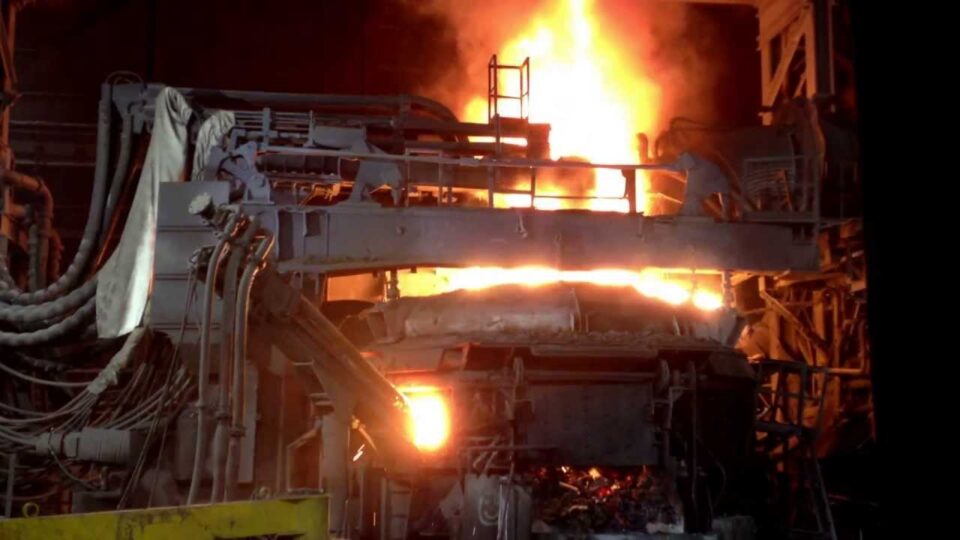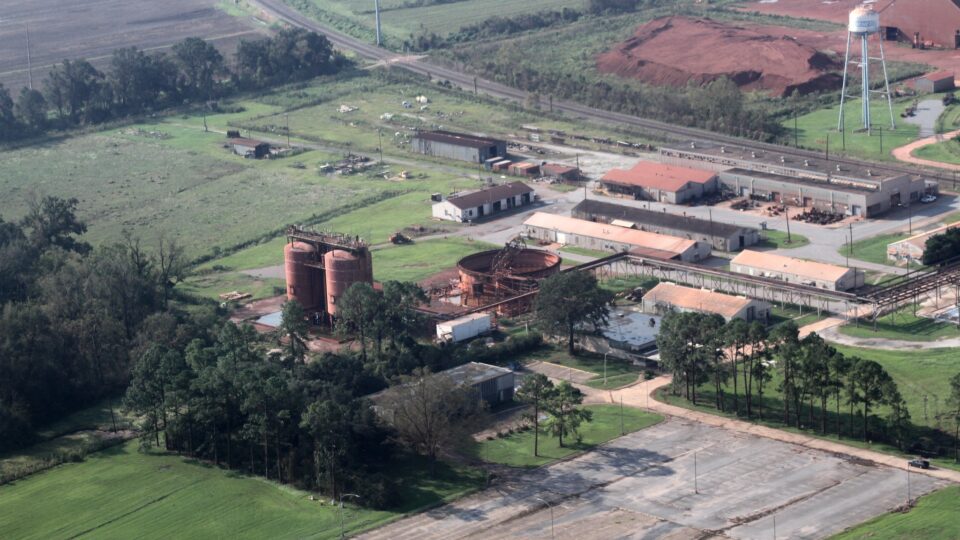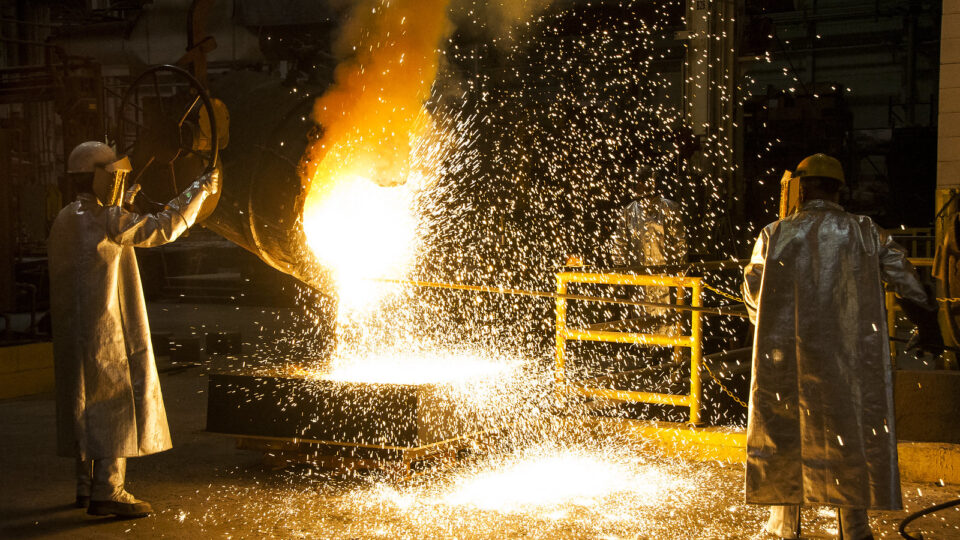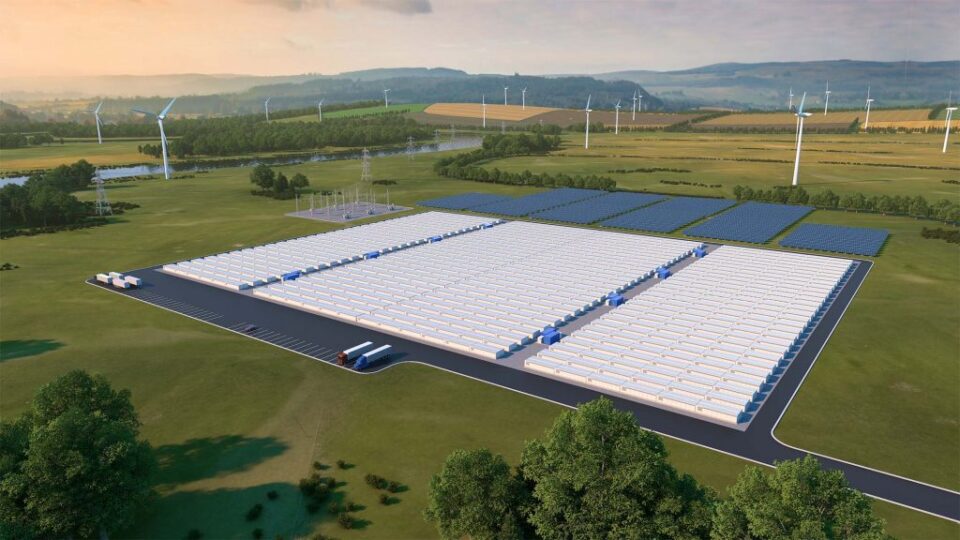Flow batteries are rechargeable batteries in which liquid electrolytes flow through one or more chemical cells from one or more tanks. The electrolytes are redox pairs, that is, chemical compounds that can reversibly undergo reduction and oxidation reactions. The most common redox electrolytes include elements like vanadium, chromium, iron, zinc, and bromine. Flow batteries can provide large amounts of both electrical power and stored energy based on the size of the electrolyte tanks. As a result, they can be scaled up far more readily than other battery technologies.
Flow batteries are safe, stable, long-lasting, and their electrolytes can easily be refilled. They have significant potential for use in utility-scale storage for renewable energy systems.
Researchers at Northwestern University have developed a redox flow battery based on an organic industrial-scale waste product. The material – triphenylphosphine oxide or TPPO – is produced in the thousands of tons each year. It is byproduct of producing a variety of substances including some vitamins, pharmaceuticals, agrochemicals, and other bulk chemicals. For the most part, TPPO is of little use and must be carefully discarded.
The current market for redox flow batteries is very small but is expected to grow over time as the need for utility-scale energy storage continues to expand. A battery technology based on a waste material that is already produced in high volume and that must otherwise be disposed of with caution would have significant advantages.
**********
Web Links
Green battery discovery turns trash into treasure
Photo, posted January 12, 2015, courtesy of California Energy Commission via Flickr.
Earth Wise is a production of WAMC Northeast Public Radio















